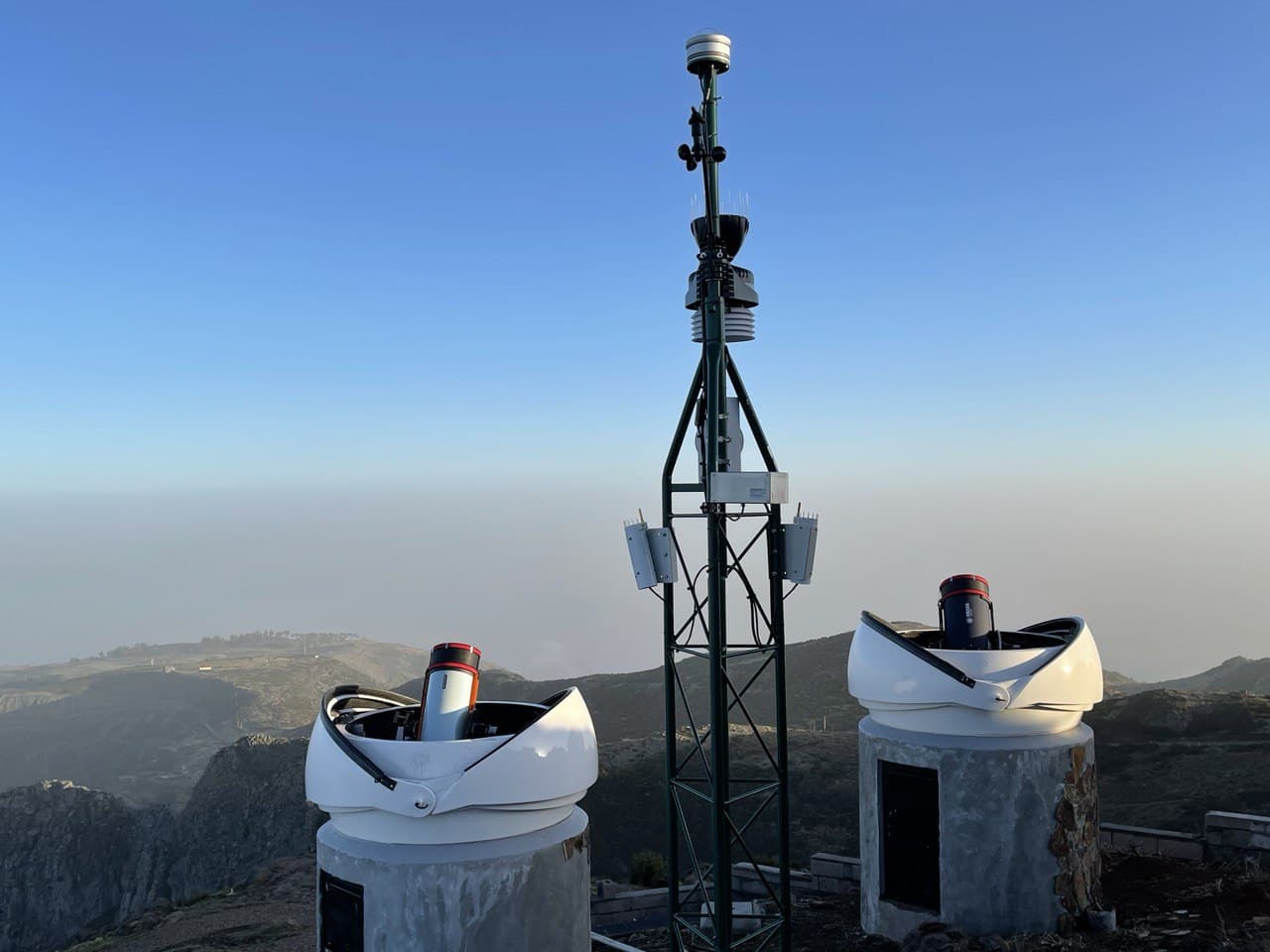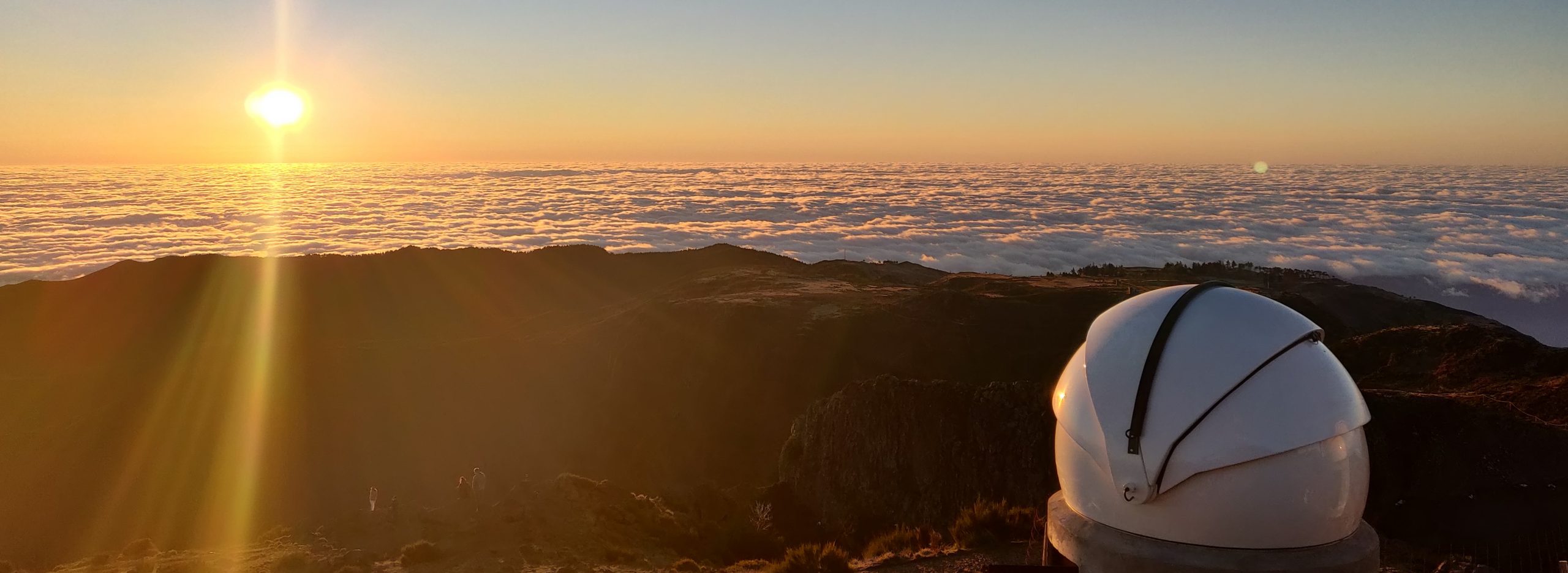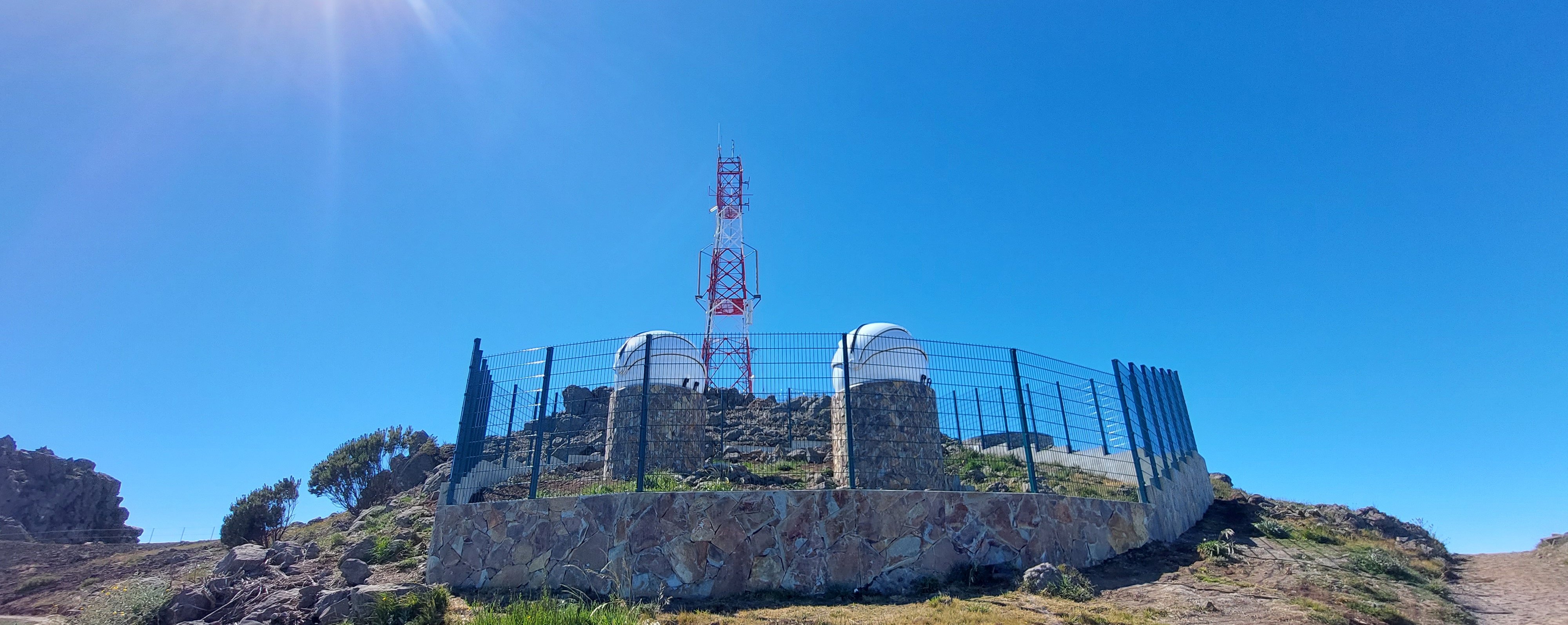
Elecnor Deimos is deploying the Portuguese Space Surveillance and Tracking System SST for the Portuguese Ministry of Defence
- Details
- Written by: Admin
- Read Time: 5 mins
13th May, 2021
Elecnor Deimos is responsible for the construction and installation of the Portuguese Space Surveillance and Tracking System for the Portuguese Ministry of Defence, in the Azores and Madeira archipelagos
The system, composed by a surveillance centre in Madeira Island and an operations centre in Terceira Island, will be providing several services of space safety and awareness. The services are based on Deimos suite of Space Safety operational tools, already providing services for ESA and EUMETSAT missions. Portugal’s Ministry of Defence contract for the provision of the whole SST-PT system was awarded in early 2020 to Deimos Engenharia – the Portuguese branch of Elecnor Deimos – following an international competitive tender.







